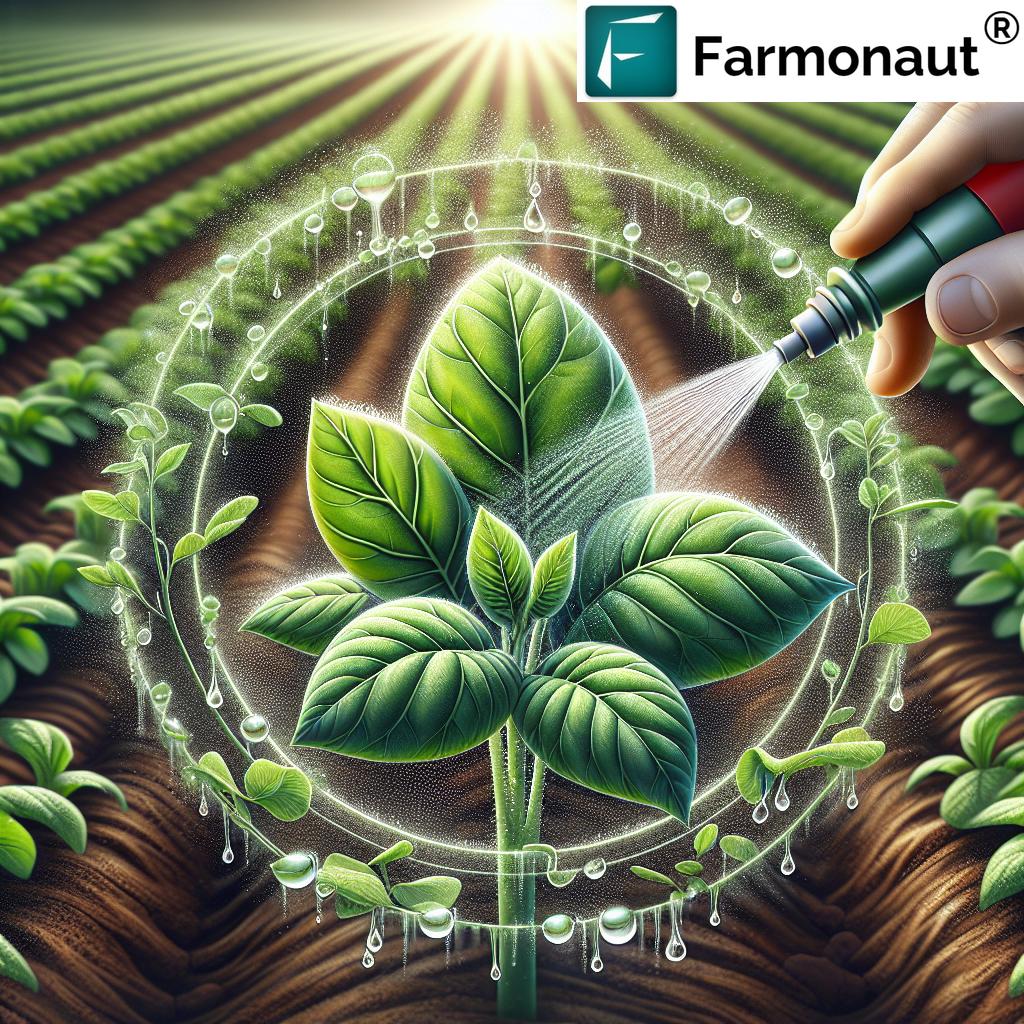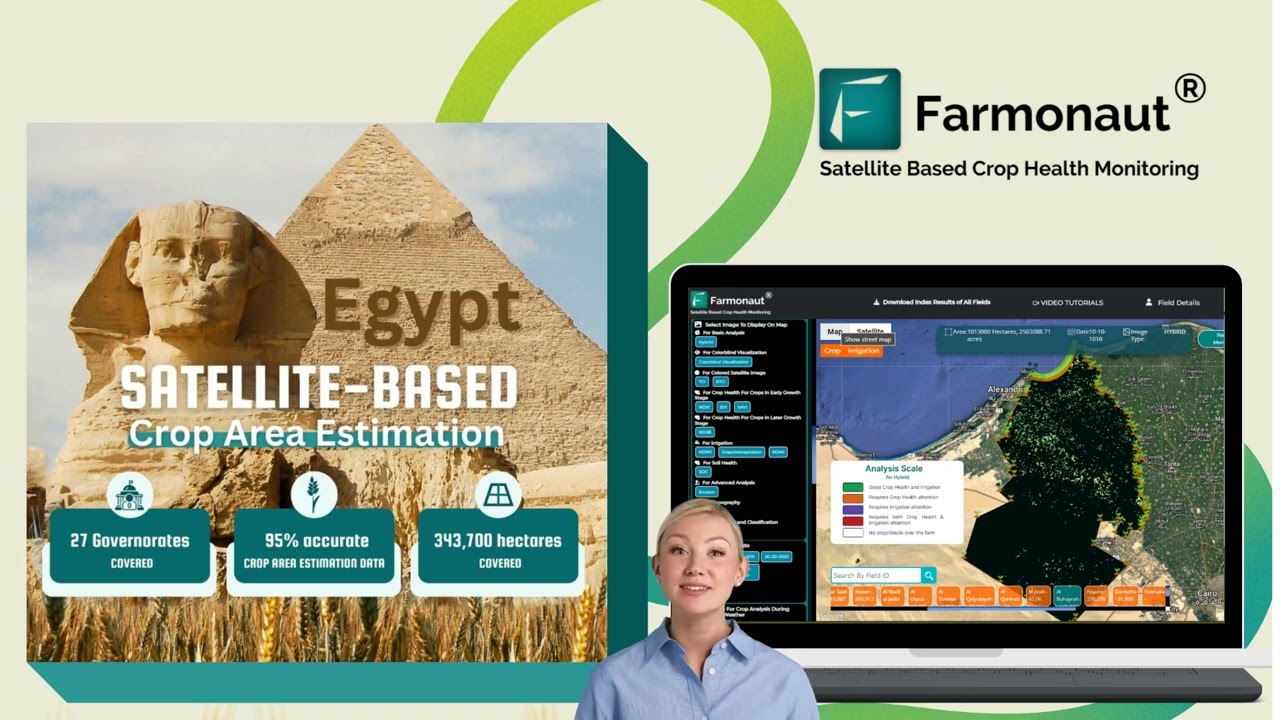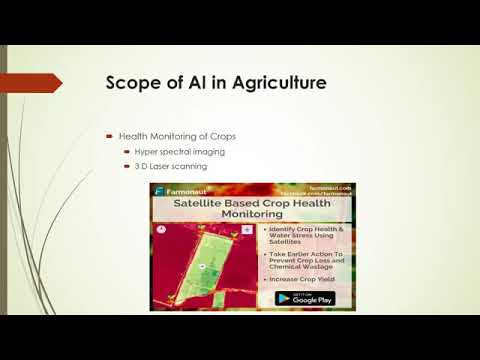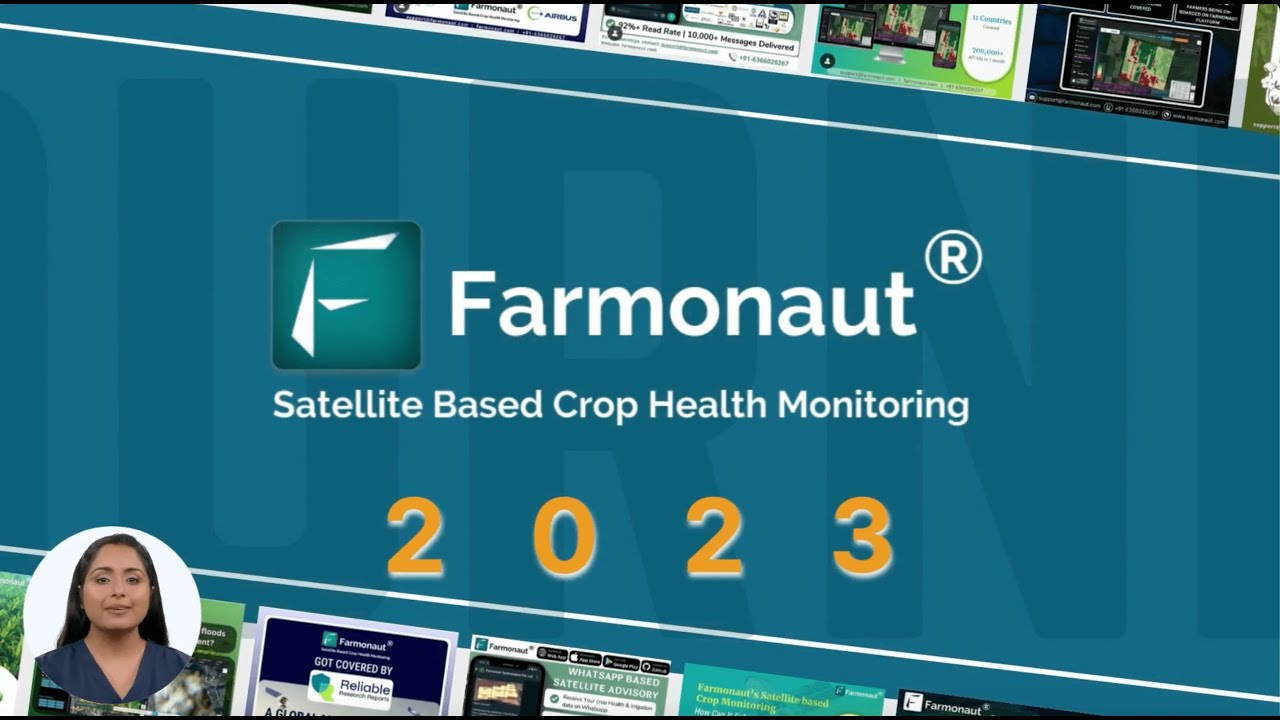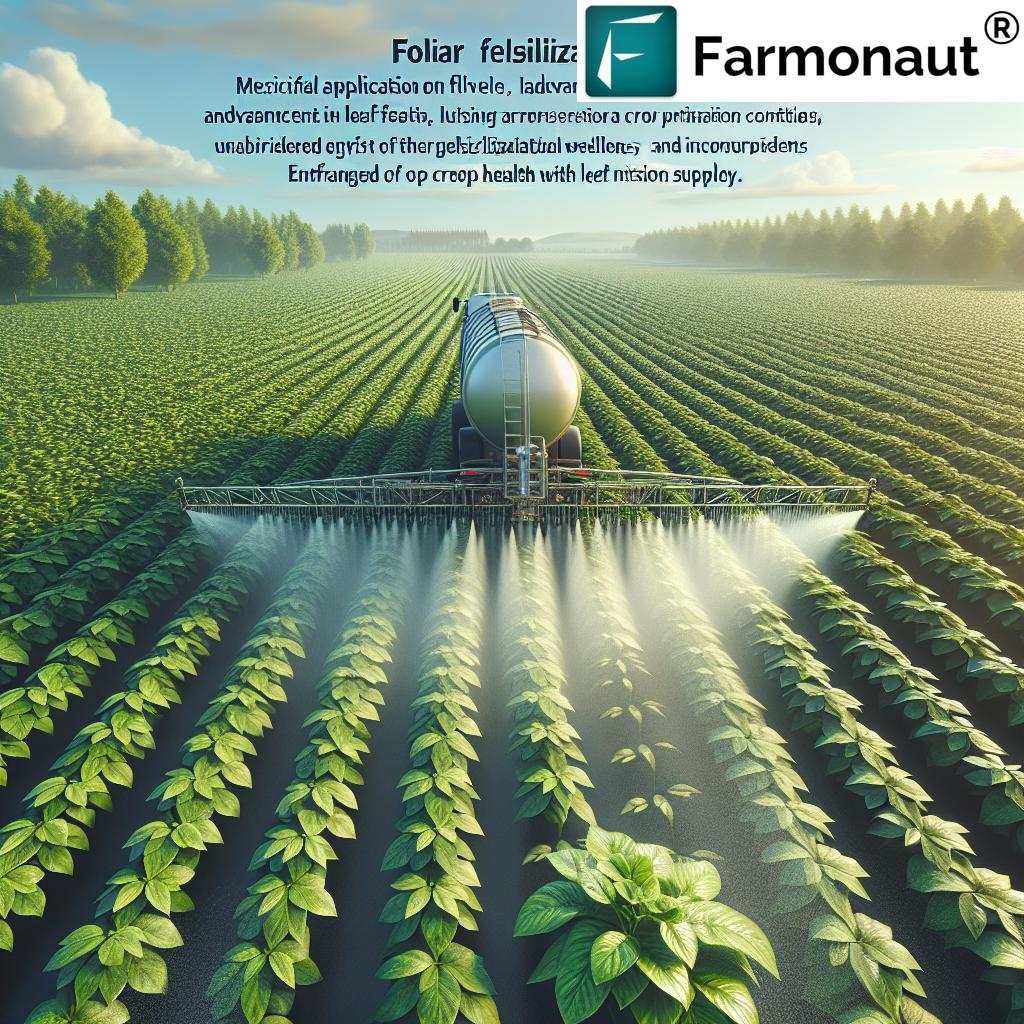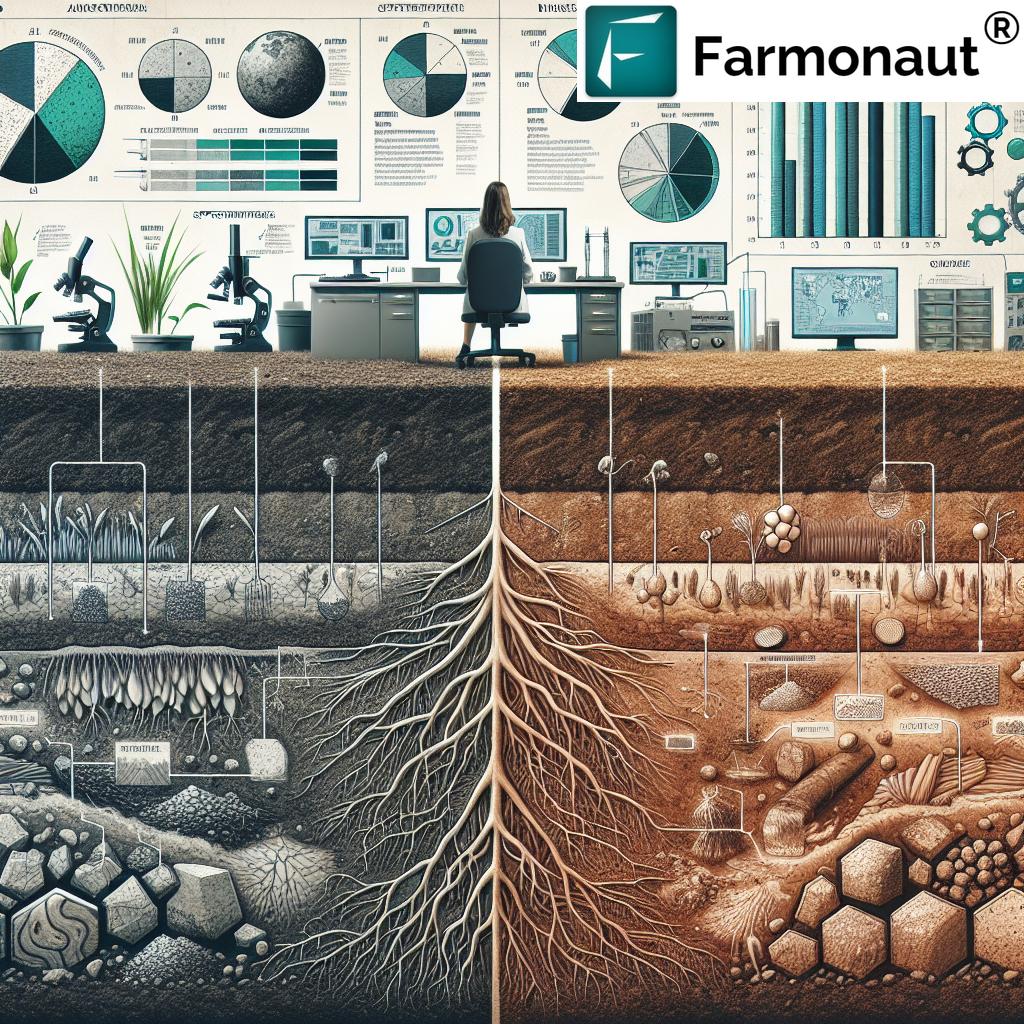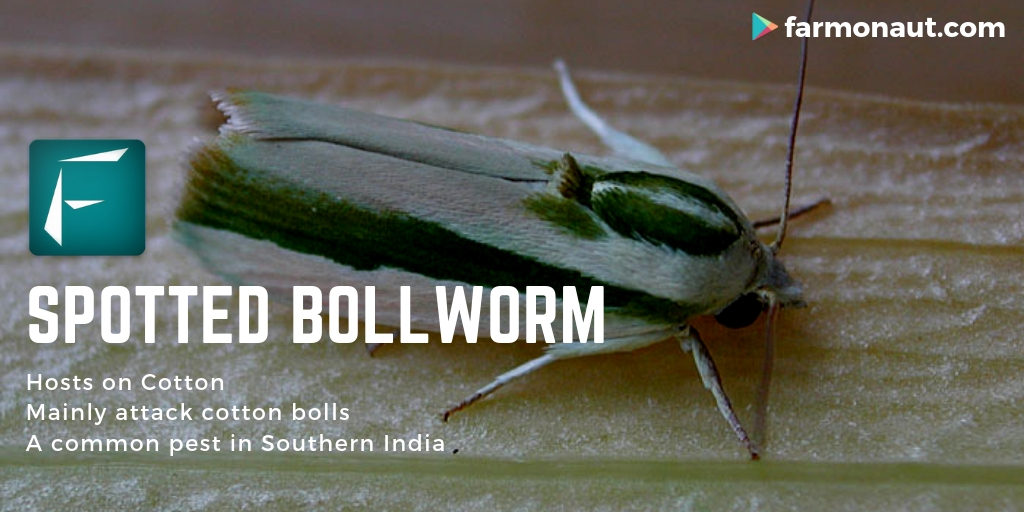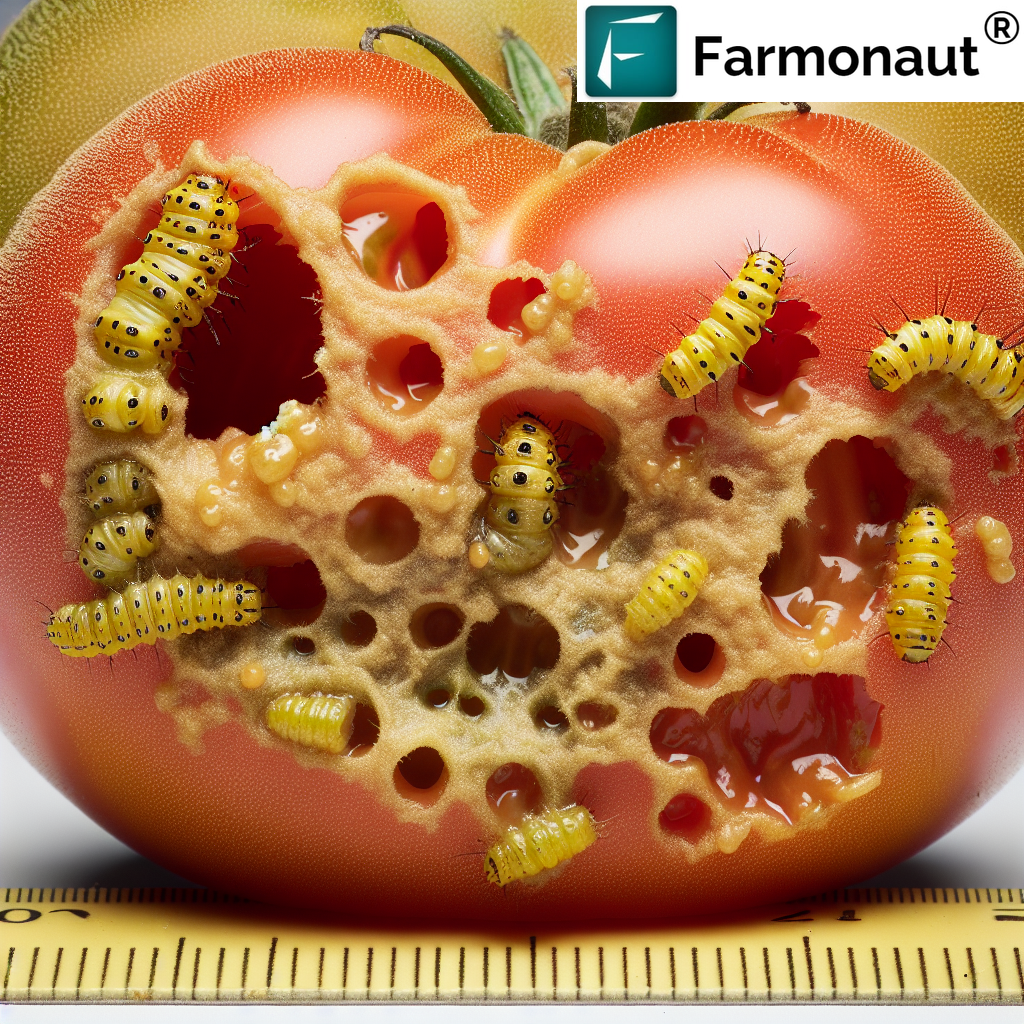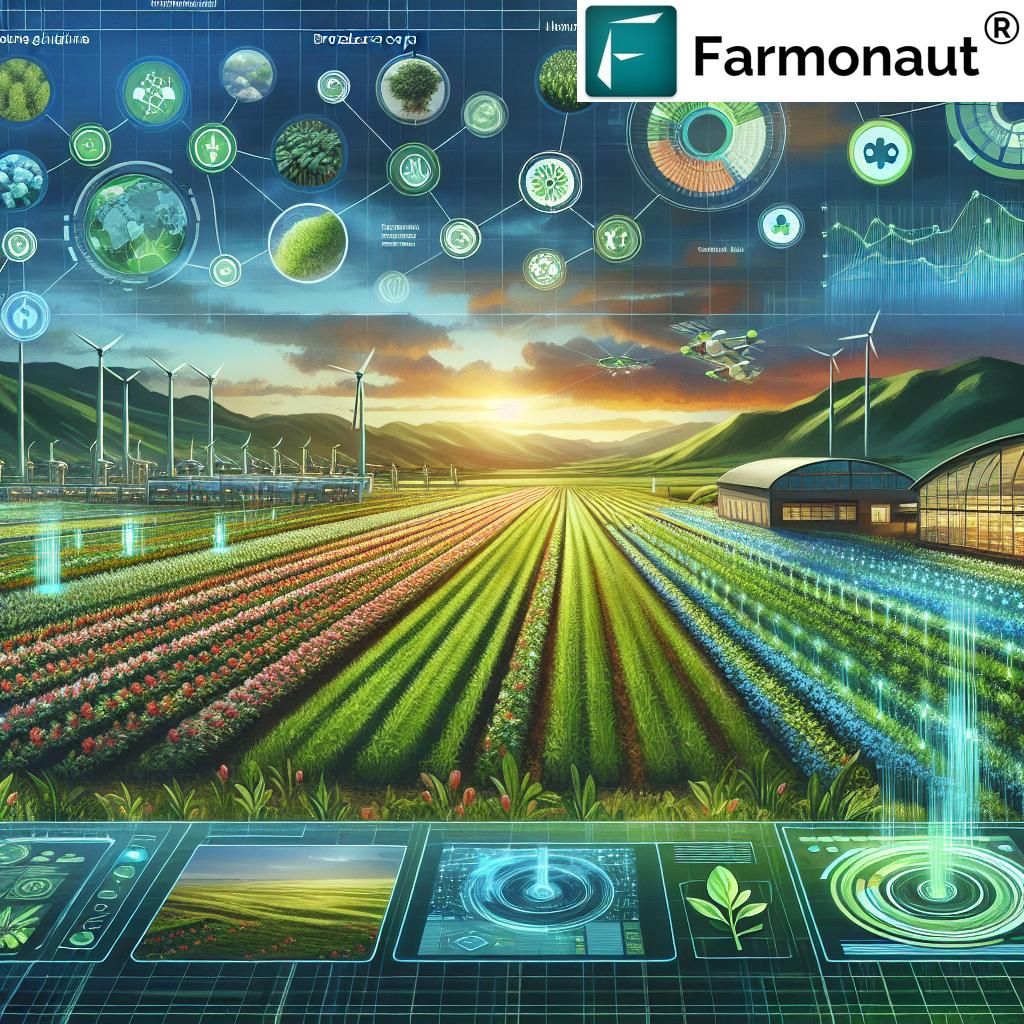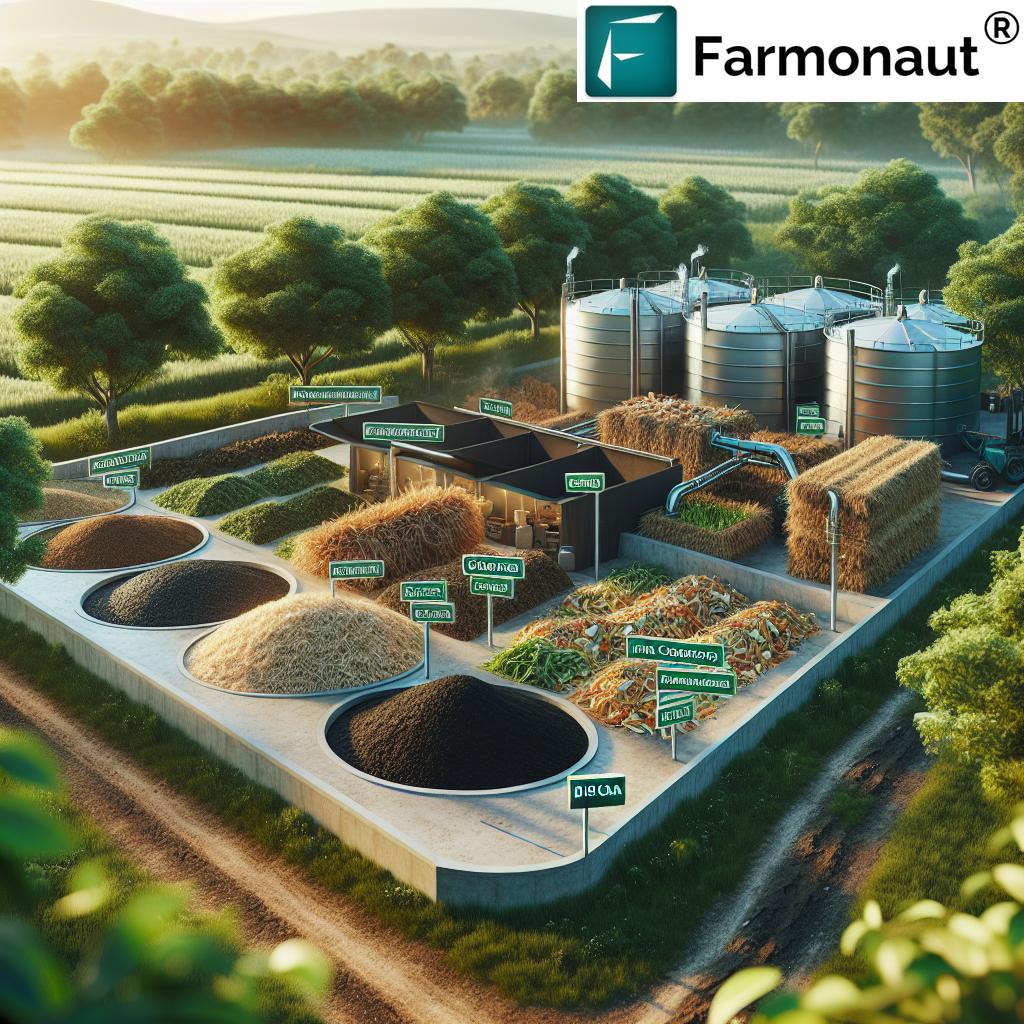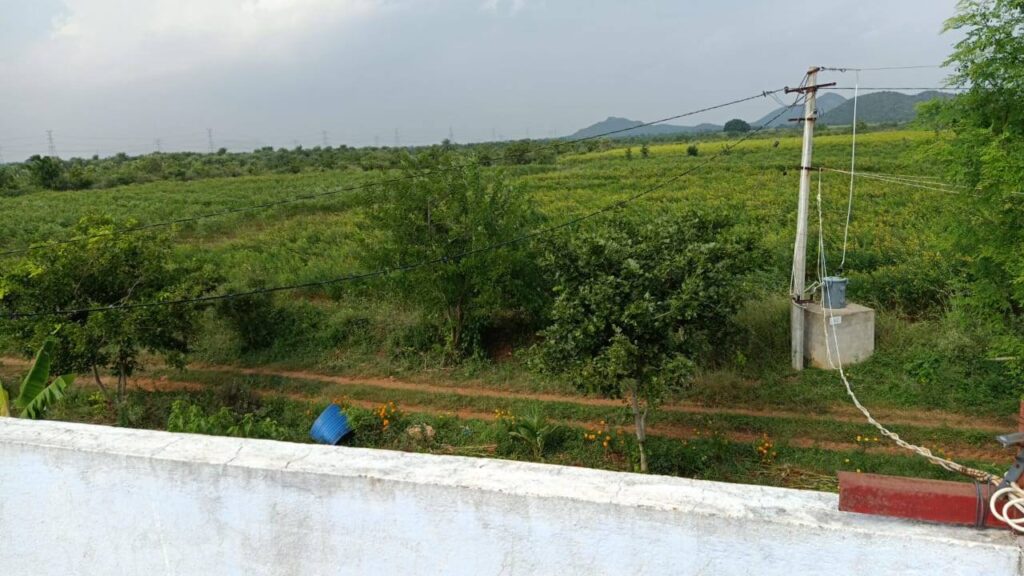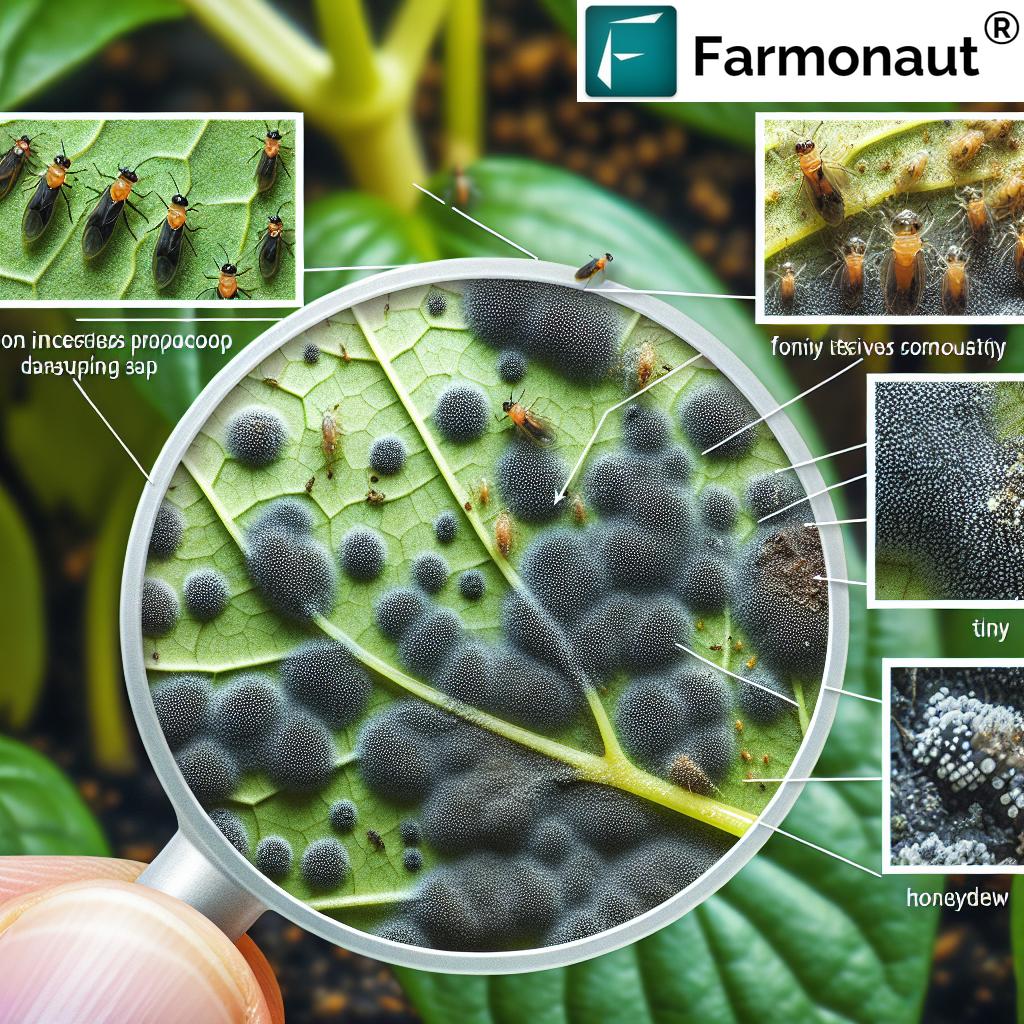Table of Contents
- Introduction
- Mechanism of Foliar Fertilization
- 7 Powerful Benefits of Foliar Fertilizer for Rapid Crop Growth
- Comparative Benefits Table: Foliar vs. Soil Fertilization
- Farmonaut’s Innovation in Precision Agriculture
- Best Practices for Foliar Nutrient Application
- Types of Foliar Fertilizers: Innovations & Choices
- Economic & Environmental Considerations of Foliar Fertilization
- The Future of Foliar Fertilization: Technology & Beyond
- FAQ: All About Foliar Fertilization
- Conclusion
Foliar Fertilizer: 7 Powerful Benefits for Rapid Crop Growth
Our rapidly evolving agricultural landscape demands efficient and innovative nutrient management strategies to maximize growth, yield, and sustainability. As farmers, agronomists, and agri-enthusiasts, many of us have experienced the challenges associated with traditional soil fertilization—ranging from poor soil health to nutrient loss and limited uptake. Enter foliar fertilization—a transformative approach that leverages foliar nutrient application to deliver nutrients directly to plant leaves, ensuring rapid, targeted, and highly efficient fertilizer application.
Foliar fertilization employs a simple yet highly innovative technique: applying watered-down fertilizers directly onto plant leaves. Through this process, nutrients bypass many of the limitations of soil, leading to enhanced nutrient absorption, improving crop quality, and more rapid crop growth. The benefits extend beyond just the physical plant, touching aspects of environmental sustainability, resource efficiency, and technological adaptability.
As a leading force in precision agri-technology, we at Farmonaut are passionate about integrating such cutting-edge practices with advanced digital insights for empowered, sustainable farming. This comprehensive guide explores the seven powerful advantages of foliar fertilization, its mechanisms, best practices, economic/environmental value, and how technology is shaping its future. Whether you’re managing a small farm or overseeing large-scale ag operations, let’s unlock the secrets to faster growth and improved crop quality together.
The Mechanism of Foliar Fertilization: How Plants Absorb Nutrients Through Leaves
Understanding foliar fertilization begins with the plant leaf itself. The outermost surface, known as the cuticle, serves as a primary barrier for water and solutes. Despite its protective nature, the cuticle features transcuticular pores that allow specific nutrients (especially smaller ions and some organic molecules) to penetrate and access inner tissues. Additionally, stomata—tiny adjustable pores—play a significant role in nutrient uptake under optimal conditions.
The chemical form of the nutrient is paramount. For example, chelated minerals (where a nutrient is bound to an organic molecule) are often more easily absorbed. The presence of surfactants in the solution also significantly improves wetting and penetration abilities. In practice, when we apply a foliar spray, the nutrients dissolved in water interact with the cuticle and, provided the environmental conditions (humidity, temperature, absence of rain) are optimal, enter the plant system swiftly and efficiently.
Let’s break down the process:
- Application: Fertilizer—often in diluted, easily absorbed forms—is sprayed onto the crop’s leaf surface.
- Penetration: Nutrients pass through the leaf cuticle via pores or enter stomata under the right weather conditions.
- Absorption and Transport: Once inside, nutrients are mobilized via the phloem to actively growing tissues, quickly addressing deficiencies and promoting vigorous plant growth.
Focus Keyword: 7 Powerful Benefits of Foliar Fertilizer for Rapid Crop Growth
The central value proposition of foliar fertilization lies in its versatility and efficiency in meeting agricultural demands. Here, we explore the seven key benefits that make this method a game-changer in contemporary farming and forestry.
-
1. Rapid Nutrient Delivery & Immediate Access
The hallmark of foliar feeding is its speed. By delivering nutrients directly onto plant leaves, we forgo issues causing restricted availability in soil. This is particularly beneficial during critical growth stages—for example, fruiting and flowering—when nutrient demand spikes.
- Faster Absorption: Studies confirm uptake in 2–24 hours, versus 24–72 hours for traditional soil applications ([helenaagri.com]).
- Instant Correction of Deficiencies: Immediate response in plants showing visible symptoms of nutrient deficiencies.
- Reduced Recovery Time: Quick resumption of normal physiological processes (photosynthesis, growth).
-
2. Bypassing Soil Limitations
Soil conditions can often limit nutrient availability—whether due to high pH, excessive moisture, compaction, or cold temperatures. Foliar sprays offer an effective workaround, directly providing nutrients where soil uptake is impaired.
- Ideal for sandy, saline, calcareous, or highly acidic/alkaline soils.
- Excellent in cold or waterlogged conditions where roots cannot efficiently absorb nutrients ([extension.psu.edu]).
- Minimizes nutrient antagonism (competition between nutrients in the soil).
-
3. Improved Nutrient Efficiency and Reduced Waste
Foliar nutrient application increases the proportion of nutrients absorbed by the plant:
- Efficiency Boost: 1 lb of foliar-applied nitrogen can equal the results of 10–15 lbs applied to soil ([helenaagri.com]).
- Reduces the risk of nutrient leaching, runoff, or fixation in soil—enhancing both economic and environmental outcomes.
- Allows precise, measured doses based on actual plant need.
-
4. Enhancing Crop Quality: Size, Color, and Nutritional Content
When used at critical stages, foliar sprays can lead to:
- Bigger Fruits: Optimized nutritional intake means larger, more uniform fruit sets.
- Improved Coloration: Specific micronutrient sprays enhance natural pigment development for richer visual appeal.
- Higher Nutritional Value: Ensures crops reach their full content potential—especially crucial for fresh produce markets.
Explore how Farmonaut’s Product Traceability platform supports high-value, quality-driven agricultural supply chains, empowering both farmers and buyers with data-driven transparency.
-
5. Adaptability to Changing Environmental Conditions
Weather events and fluctuating environmental conditions can disrupt nutrient uptake. Foliar feeding ensures flexibility:
- Can be applied during periods where root activity is low (e.g., during droughts or when there’s excessive soil moisture).
- Effective supplement when plants show stress due to sudden temperature drops or adverse conditions.
-
6. Reduced Environmental Impact
By applying nutrients directly onto leaves, foliar fertilization:
- Minimizes nutrient loss to the environment via runoff or volatilization.
- Targets only those areas or crops actually in need, supporting sustainable nutrient management and carbon footprint reduction.
- Is highly compatible with Farmonaut’s Carbon Footprinting tools—helping gauge, manage, and improve ecological impact in modern farms.
-
7. Supports Integrated Crop Management & Precision Farming
Foliar nutrition fits seamlessly with technological advancements:
- Pairs perfectly with Farmonaut’s Large Scale Farm Management and AI-advisory—allowing real-time, precise fertilizer application based on satellite or sensor data.
- Reduces over-application, aligns with best practices for foliar fertilization, and boosts overall fertilizer efficiency.
- Enables smart responses to field-level variations, supporting overall crop yield and quality.
Comparative Benefits Table: Foliar Fertilization vs. Traditional Soil Fertilization
| Benefit Area | Foliar Fertilization | Soil Fertilization |
|---|---|---|
| Nutrient Uptake Speed | Nutrient uptake in 2–24 hours | Nutrient uptake in 24–72 hours |
| Application Efficiency | Direct, targeted application; up to 90% efficiency | 30–60% efficiency (losses to leaching, fixation) |
| Yield Increase | Estimated 10–30% higher yield with timely application | Baseline yield (may be limited by soil issues) |
| Resource Saving | Lower fertilizer quantity needed per acre | Higher total input required due to losses |
| Crop Quality | Enhances fruit size, color, nutritional value | Standard quality, depends on soil variability |
| Adaptability to Soil Issues | Can be applied during critical stages or when soil access is limited | Restricted by soil physical and chemical constraints |
| Reduction of Environmental Impact | Minimized runoff; lower risk of environmental contamination | Risk of fertilizer leaching, groundwater contamination |
Farmonaut’s Innovation in Precision Agriculture and Foliar Fertilization
At Farmonaut, we believe technology is the cornerstone of future-ready agriculture. While we don’t manufacture or sell fertilizers, our platform empowers farmers to maximize foliar nutrient application through data-driven recommendations and real-time field monitoring. Integrating satellite crop health data, soil moisture mapping, and AI-based crop advisory, we guide optimal nutrient timing, dosage, and method.
-
Satellite & AI-Driven Crop Health Monitoring:
Farmonaut’s Crop Plantation Advisory brings satellite-powered NDVI and moisture analytics directly to your smartphone or desktop, guiding timely foliar intervention when deficiency symptoms are detected. -
Resource Management & Advisory:
With Farmonaut Fleet Management, large agribusinesses optimize machinery and labor, improving efficiency during sensitive application windows for foliar sprays. -
Blockchain-Powered Transparency:
Whether you’re a producer or food company, utilize Farmonaut’s Product Traceability to validate the quality, nutritional value, and safety of produce, especially where foliar nutrition programs are used. - API & Developer Integration: Access satellite-based, real-time field status and weather data to trigger foliar sprays precisely when and where needed with our Farmonaut API and complete developer documentation.
Best Practices for Foliar Fertilization: Maximizing Efficiency and Effectiveness
Harnessing the full power of foliar fertilization hinges on precise application best practices. Based on extensive research and field experience, here are the most crucial points to follow:
- Optimal Timing: Apply sprays during early morning or late evening when temperatures are mild and humidity higher. This reduces evaporation, boosts absorption, and minimizes risk of leaf burn ([andersonsplantnutrient.com]).
- Proper Concentration: Dilute fertilizers as per recommended rates. Over-concentration can cause damage such as leaf burn. Always refer to product labels and agronomist advice ([ipm.missouri.edu]).
- Comprehensive Coverage: Ensure even application on both upper and lower leaf surfaces—many pores and stomata exist at the undersides ([flyriver.com]).
- Avoid Adverse Weather: Never apply during strong wind, heavy rain, or when rain is expected shortly after application.
- Use Surfactants: Surfactants improve the wetting and spreading of the spray, enhancing nutrient penetration.
- Integrate Tech Tools: Leverage Farmonaut’s Jeevn AI Advisory for real-time, farm-specific recommendations.
Remember, while foliar nutrient application is a game-changer for correcting acute deficiencies and boosting crop quality, it should complement, not replace, your regular soil nutrition programs—especially for macronutrients.
Types of Foliar Fertilizers: Innovations & Choices
Foliar fertilizers come in a variety of forms. Let’s examine their unique strengths for efficient fertilizer application:
-
Liquid Fertilizers:
The most popular choice, thanks to straightforward application and rapid absorption. These are used extensively for emergency correction of deficiencies. -
Soluble Powders:
Designed to be dissolved ahead of time; offers longer shelf life and greater control over active concentration. -
Chelated Nutrients:
Micronutrients bound to organic molecules (chelates) markedly improve availability and uptake by circumventing common soil barriers, especially under high pH conditions. -
Organic Foliar Fertilizers:
Organic solutions like seaweed extracts, amino acid blends, or compost teas not only supply a range of nutrients but often include beneficial bio-stimulants for plant health and resilience ([flyriver.com]).
Application methods range from conventional knapsack sprayers for small plots to high-efficiency drones for modern, large-scale farms—a perfect fit for broadacre agriculture, forestry, and horticulture.
Economic & Environmental Considerations of Foliar Fertilization
While foliar fertilizers typically carry a higher per-unit cost than bulk soil alternatives, their efficiency and impact often compensate. Here’s what we’ve found:
-
Cost-Efficiency:
Targeted application and rapid plant response mean less total fertilizer used per season and fewer applications needed—cutting labor and resource input costs. -
Crop Yield and Quality Premium:
Rapid correction of deficiencies directly translates to reduced crop loss, higher yields, and higher-quality output—especially vital in specialty, export, or organic produce. -
Environmental Impact:
With less fertilizer entering the soil, the risk of environmental contamination drops. Farmonaut’s carbon tracking solutions empower farms to document and continually improve their eco-footprint ([datamintelligence.com]).
Before blanket adoption of foliar fertilization, always assess field conditions, nutrient needs, and targeted crop economics to align with best practices.
The Future of Foliar Fertilization: Technology & Beyond
We are already witnessing a transformative era, where traditional wisdom meets cutting-edge tech in agri-nutrition. Here’s what’s set to redefine foliar nutrient application in the years to come:
-
Drones for Application:
High-precision drones ensure uniform, rapid foliar spray coverage—even across large or inaccessible plots. -
Smart Sensors & AI:
The future of best practices for foliar fertilization lies in real-time crop health monitoring. Farmonaut’s platform leverages satellite and AI analytics to trigger timely foliar interventions according to actual plant stress or nutrient status. -
Nanotechnology:
Nanoparticle-based fertilizers with greater penetration power promise enhanced efficiency, reduced dosage, and more environmentally friendly profiles ([foliargarden.com]).
With these advancements, improving crop quality with foliar sprays will become more precise, eco-friendly, and scalable for farms of all sizes.
Additional Farmonaut solutions—from satellite-aided insurance to digital resource management—further support forward-thinking farmers seeking the synergy of tech and agronomy.
FAQ: All About Foliar Fertilization
-
What is foliar fertilization?
Foliar fertilization is the technique of applying nutrients directly to plant leaves using sprays, bypassing the soil. This enables rapid uptake and correction of deficiencies in crops. -
Why is foliar nutrient application considered more efficient?
Because foliar sprays deliver targeted essential nutrients exactly where they are needed, with up to 90% efficiency, and minimal loss to the environment compared to soil-applied fertilizers. -
Can foliar fertilization replace soil fertilization entirely?
No; foliar feeding is best used as a supplement, especially for correcting micronutrient deficiencies and immediate stress, but major nutrient requirements (like nitrogen, phosphorus) are still usually met via soil. -
When is foliar fertilization most effective?
During specific growth stages—such as flowering, fruit set—and anytime when soil nutrient availability is limited by moisture, pH, temperature, or soil structure issues. -
What are the risks of foliar sprays?
Risks include potential leaf burn or tissue damage with over-concentration, and reduced effectiveness if weather conditions are poor (e.g., rain immediately after application). -
Are organic foliar fertilizers available?
Yes, seaweed-based solutions, amino acid blends, and compost teas are increasingly popular for organic and specialty farming. -
How does Farmonaut help with foliar fertilization?
Farmonaut offers satellite-based monitoring, AI-driven advisory, and digital management tools for precise timing and efficient application of foliar nutrition, supporting sustainable and profitable farming.
Conclusion: Foliar Fertilization for Faster, Sustainable Crop Growth
In summary, foliar fertilization enables us to achieve rapid, targeted nutrient delivery, overcome soil limitations, optimize plant nutrient uptake, and enhance crop quality—all while reducing environmental impact. As we’ve explored, the benefits of foliar feeding are clear: faster plant recovery, better yields, more sustainable practices, and improved economic outcomes.
When paired with Farmonaut’s innovative satellite and AI-powered solutions, farmers worldwide can make data-driven decisions on efficient fertilizer application, ensuring that foliar nutrient application fits seamlessly into an integrated, modern farming system. By staying informed about new technology and adhering to best practices for foliar fertilization, we can maximize both productivity and sustainability—ushering in a new era for global agriculture.
Ready to revolutionize your approach to crop nutrition? Try the Farmonaut platform today:
Access our API for developers and agribusinesses or read the API documentation.
Empower your farm with cutting-edge, technology-enabled nutrient management—boost productivity, cut resource waste, and steward a sustainable agriculture future with Farmonaut.


